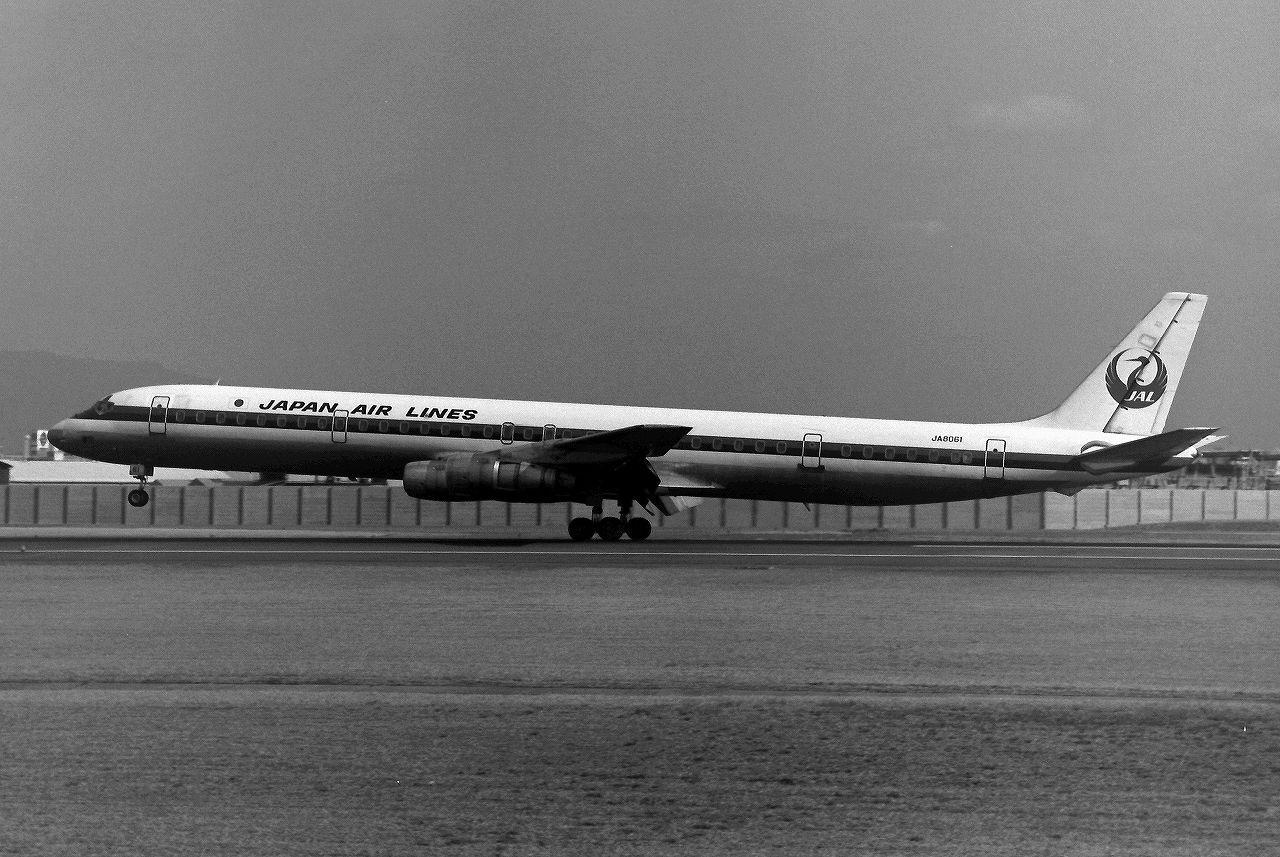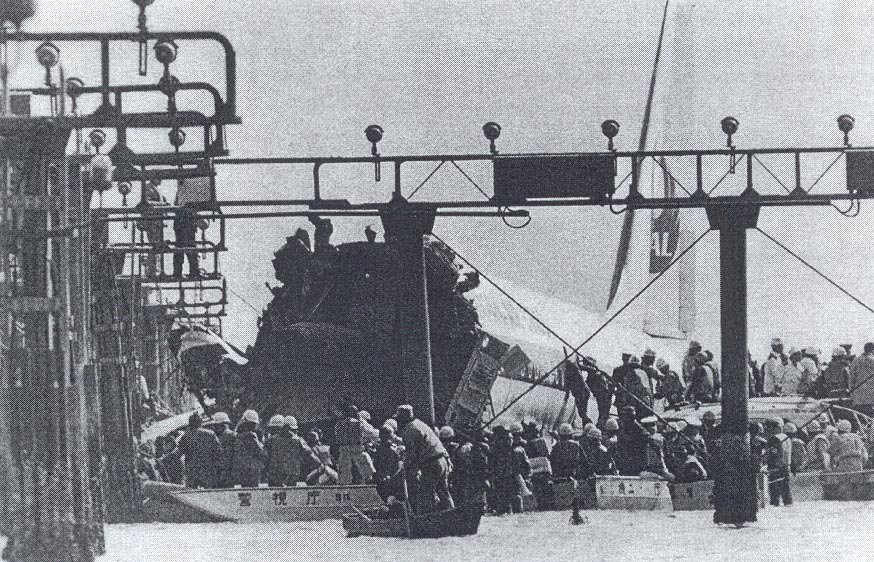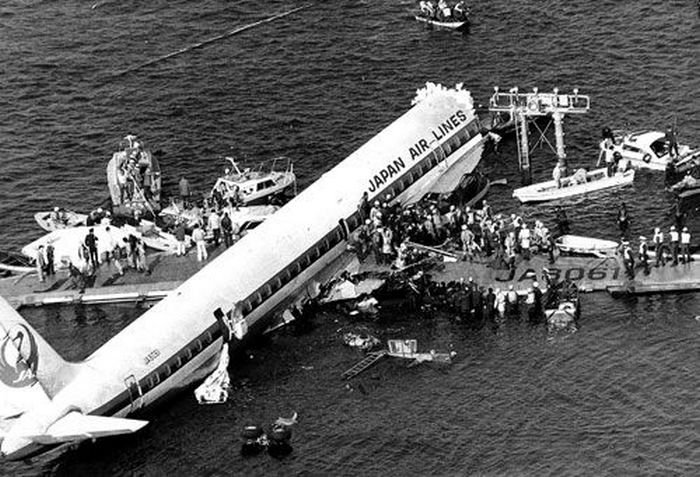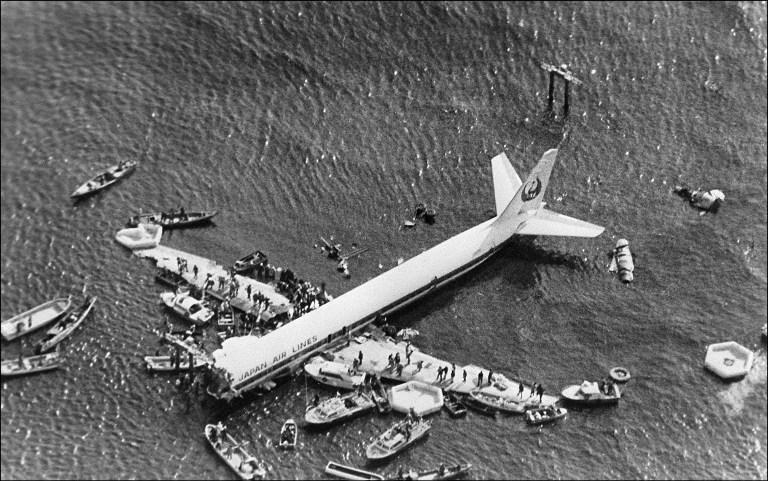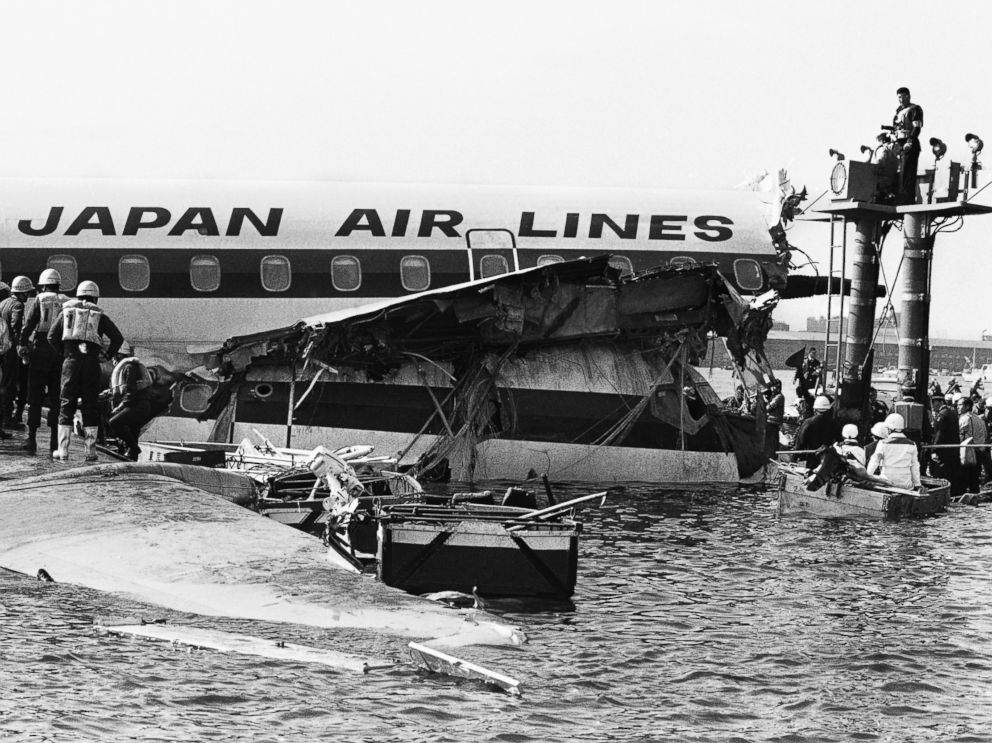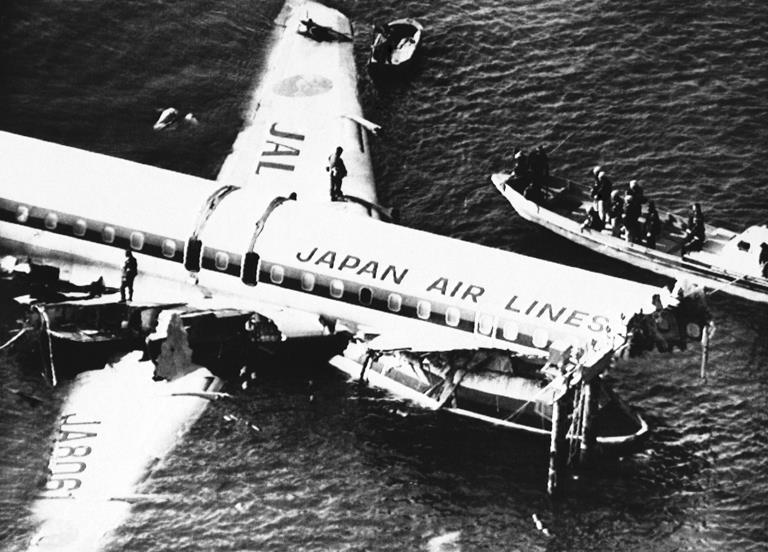Zone
Crash of a Mitsubishi MU-300 Diamond 1A on Mt Kinpoku: 4 killed
Date & Time:
Jul 23, 1986
Registration:
JA8246
Survivors:
No
Schedule:
Tokyo - Niigata
MSN:
92
YOM:
1984
Crew on board:
4
Crew fatalities:
Pax on board:
0
Pax fatalities:
Other fatalities:
Total fatalities:
4
Circumstances:
The crew departed Tokyo-Haneda on a training flight to Niigata. He started the descent to Niigata Airport in limited visibility due to poor weather conditions when the aircraft struck the slope of Mt Kinpoku located in the center of Sado Island, about 67 km northwest of runway 10 threshold. The aircraft was destroyed and all four crew members were killed.
Probable cause:
It was determined that the accident was the consequence of a controlled flight into terrain after the crew initiated the descent under VFR mode in IMC conditions in preparation of an ILS approach to runway 10 at Niigata Airport.

Crash of a Boeing 747SR-46 on Mt Osutaka: 520 killed
Date & Time:
Aug 12, 1985 at 1856 LT
Registration:
JA8119
Survivors:
Yes
Schedule:
Tokyo - Osaka
MSN:
20783
YOM:
1974
Flight number:
JL123
Crew on board:
15
Crew fatalities:
Pax on board:
509
Pax fatalities:
Other fatalities:
Total fatalities:
520
Captain / Total hours on type:
4842.00
Copilot / Total hours on type:
2665
Aircraft flight hours:
25030
Aircraft flight cycles:
18835
Circumstances:
JA8119 was a Japan Air Lines Boeing 747SR, a short range variant of the Boeing 747 Series 100. The was aircraft specifically configured for domestic flights with a high density seating arrangement. On June 2, 1978 the aircraft operated on a flight to Osaka (ITM). It floated after touchdown and on the second touchdown the tail struck the runway. The aircraft sustained substantial damage to the rear underside of the fuselage. The rear pressure bulkhead was cracked as well. The aircraft was repaired by Boeing. Engineers replaced the lower part of the rear fuselage and a portion of the lower half of the bulkhead. Seven years later, on August 12, 1985, JA8119 had completed four domestic flights when it landed at Tokyo-Haneda (HND) at 17:17. The next flight was to be flight 123 to Osaka (ITM). The aircraft took off from Tokyo-Haneda at 18:12. Twelve minutes later, while climbing through 23900 feet at a speed of 300 knots, an unusual vibration occurred. An impact force raised the nose of the aircraft and control problems were experienced. A decompression had occurred and the crew got indications of problems with the R5 door. In fact, the rear pressure bulkhead had ruptured, causing serious damage to the rear of the plane. A portion of its vertical fin, measuring 5 m together with the section of the tail cone containing the auxiliary power unit (APU) were ripped off the plane. Due to the damage, the hydraulic pressure dropped and ailerons, elevators and yaw damper became inoperative. Controlling the plane was very difficult as the airplane experienced dutch rolls and phugoid oscillations (unusual movement in which altitude and speed change significantly in a 20-100 seconds cycle without change of angle of attack). The aircraft started to descend to 6600 feet while the crew tried to control the aircraft by using engine thrust. Upon reaching 6600 feet the airspeed had dropped to 108 knots. The aircraft then climbed with a 39 degree pitch-up to a maximum of approx. 13400 feet and started to descend again. At 18:56 JAL123 finally brushed against a tree covered ridge, continued and struck the Osutaka Ridge, bursting into flames. A stewardess, one female passenger and two little girl survived while 520 other occupants were killed.
Probable cause:
It is estimated that this accident was caused by deterioration of flying quality and loss of primary flight control functions due to rupture of the aft pressure bulkhead of the aircraft, and the subsequent ruptures of a part of the fuselage tail, vertical fin and hydraulic flight control systems. The reason why the aft pressure bulkhead was ruptured in flight is estimated to be that the strength of the said bulkhead was reduced due to fatigue cracks propagating at the spliced portion of the bulkhead's webs to the extent that it became unable to endure the cabin pressure in flight at that time. The initiation and propagation of the fatigue cracks are attributable to the improper repairs of the said bulkhead conducted in 1978, and it is estimated that the fatigue cracks having not be found in the later maintenance inspection is contributive to their propagation leading to the rupture of the said bulkhead.
Final Report:
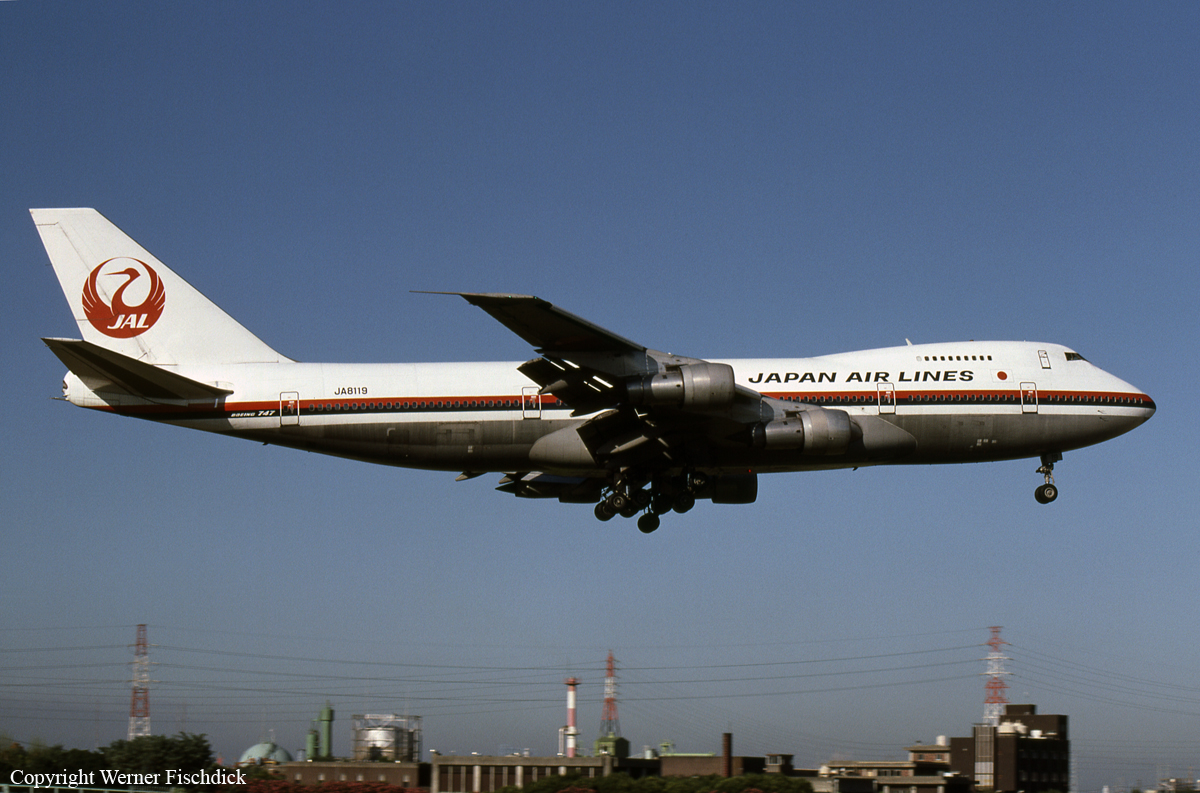
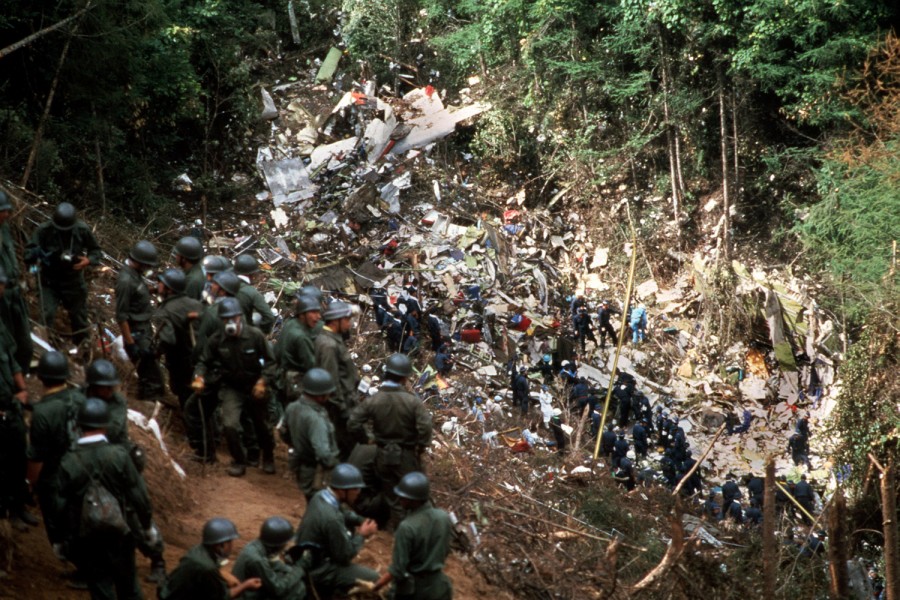

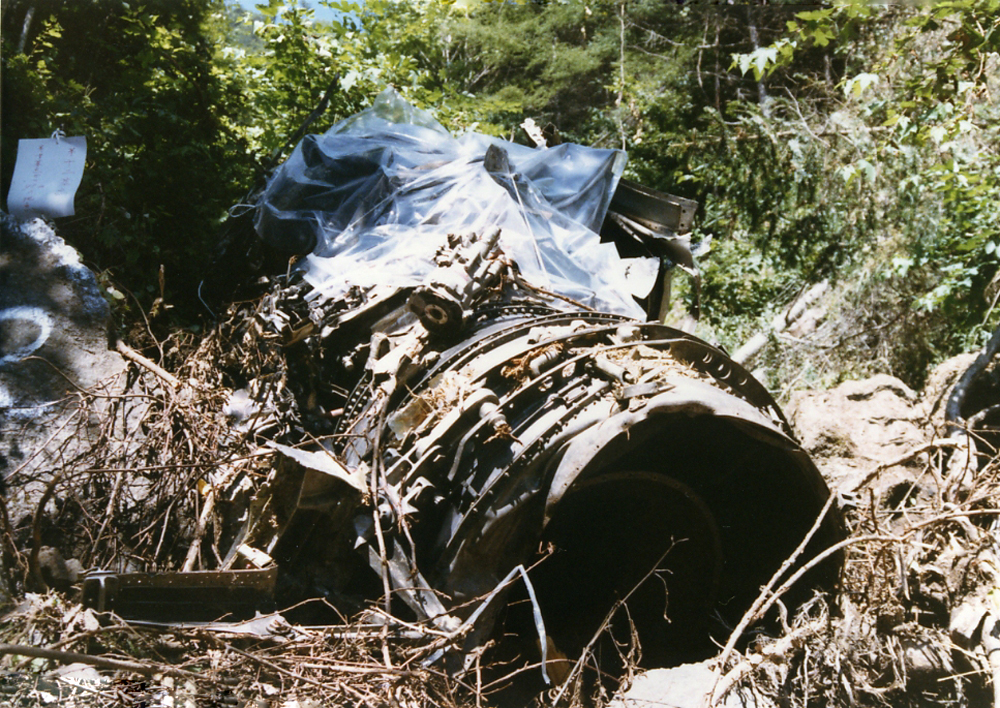
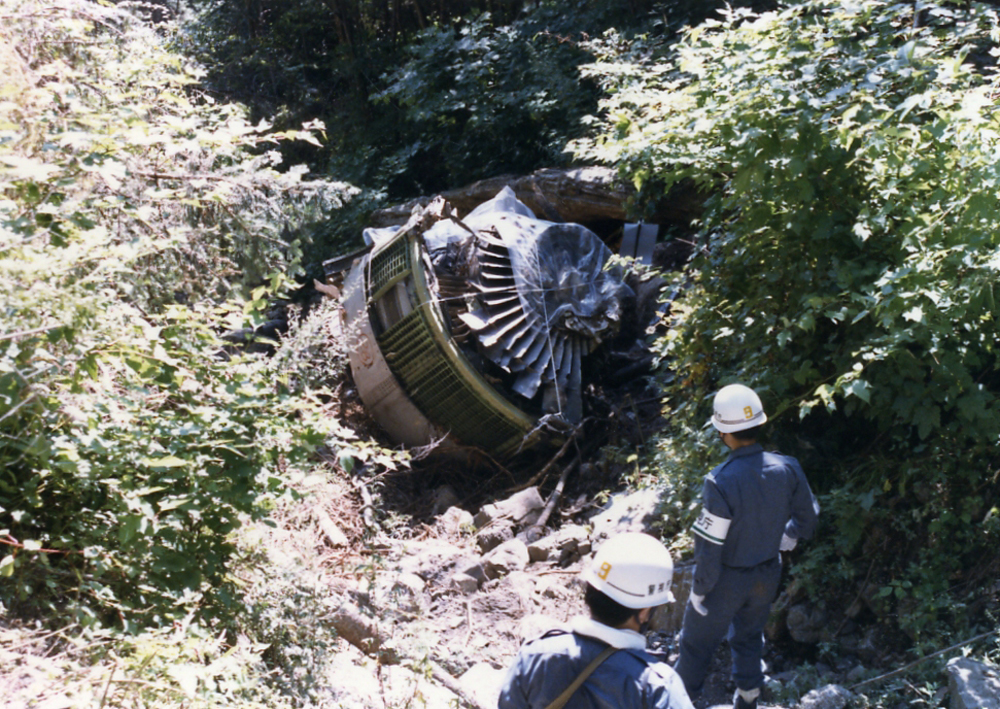
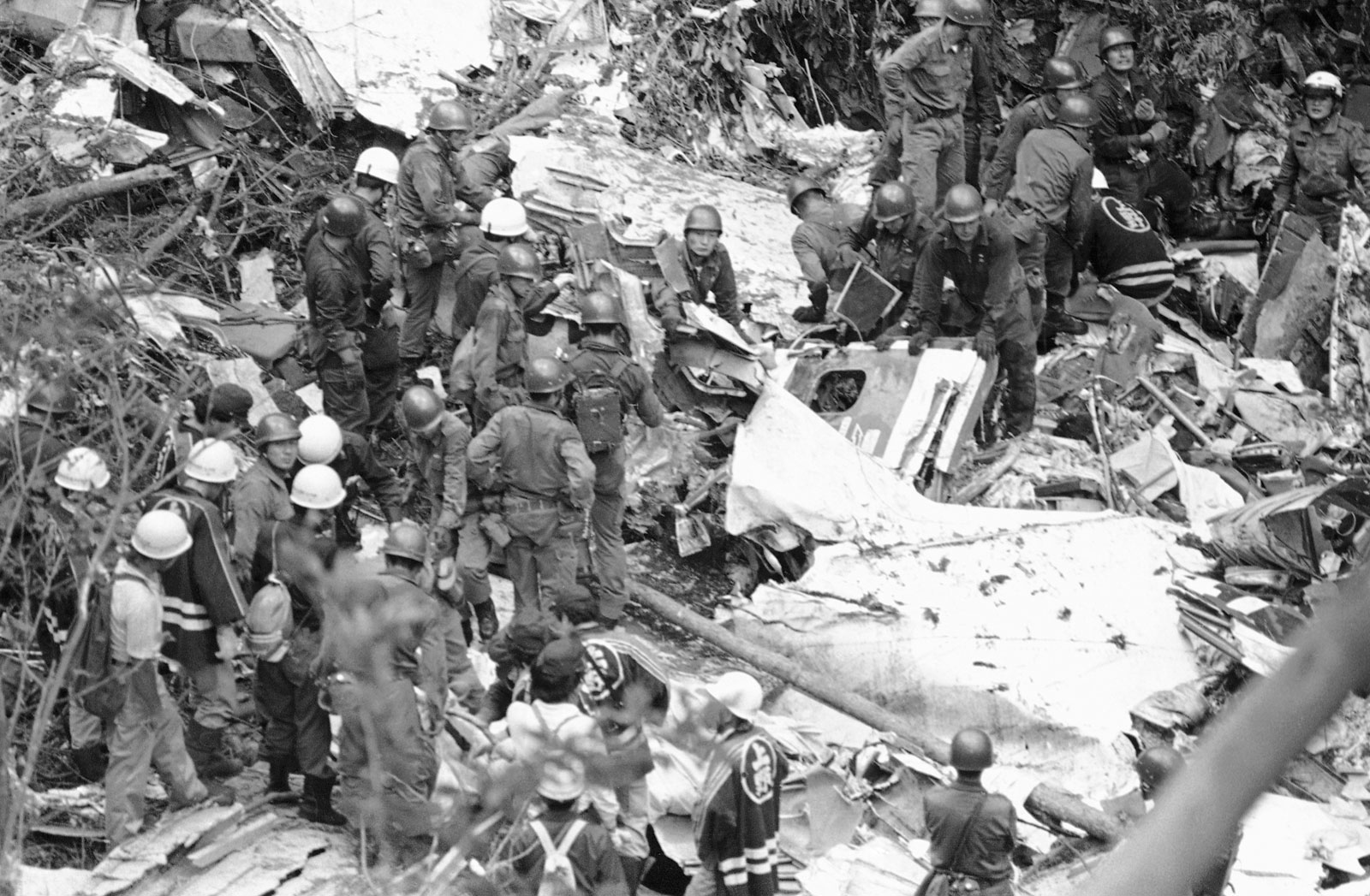
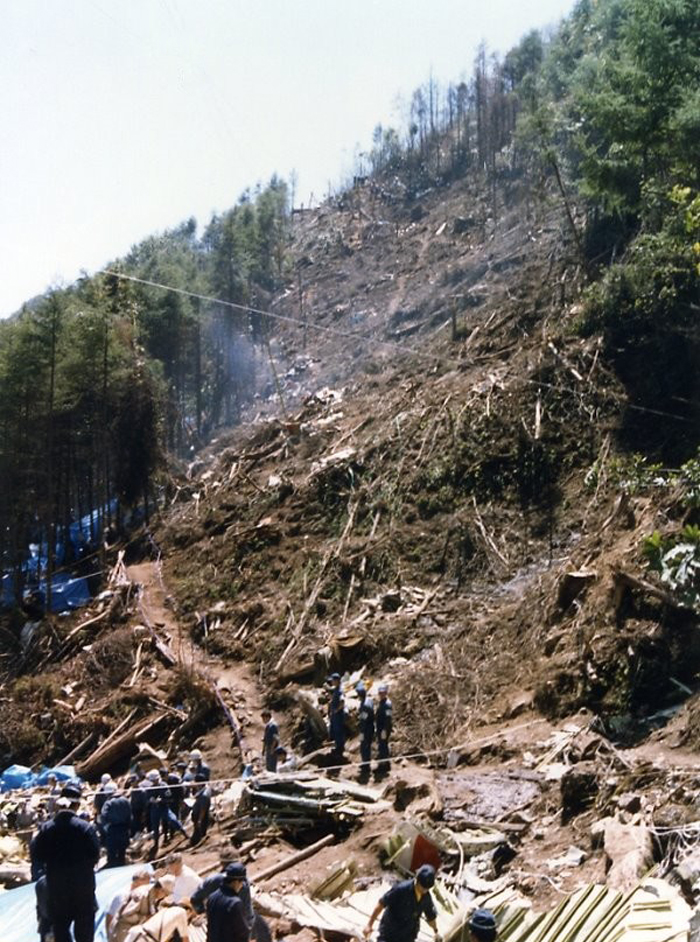

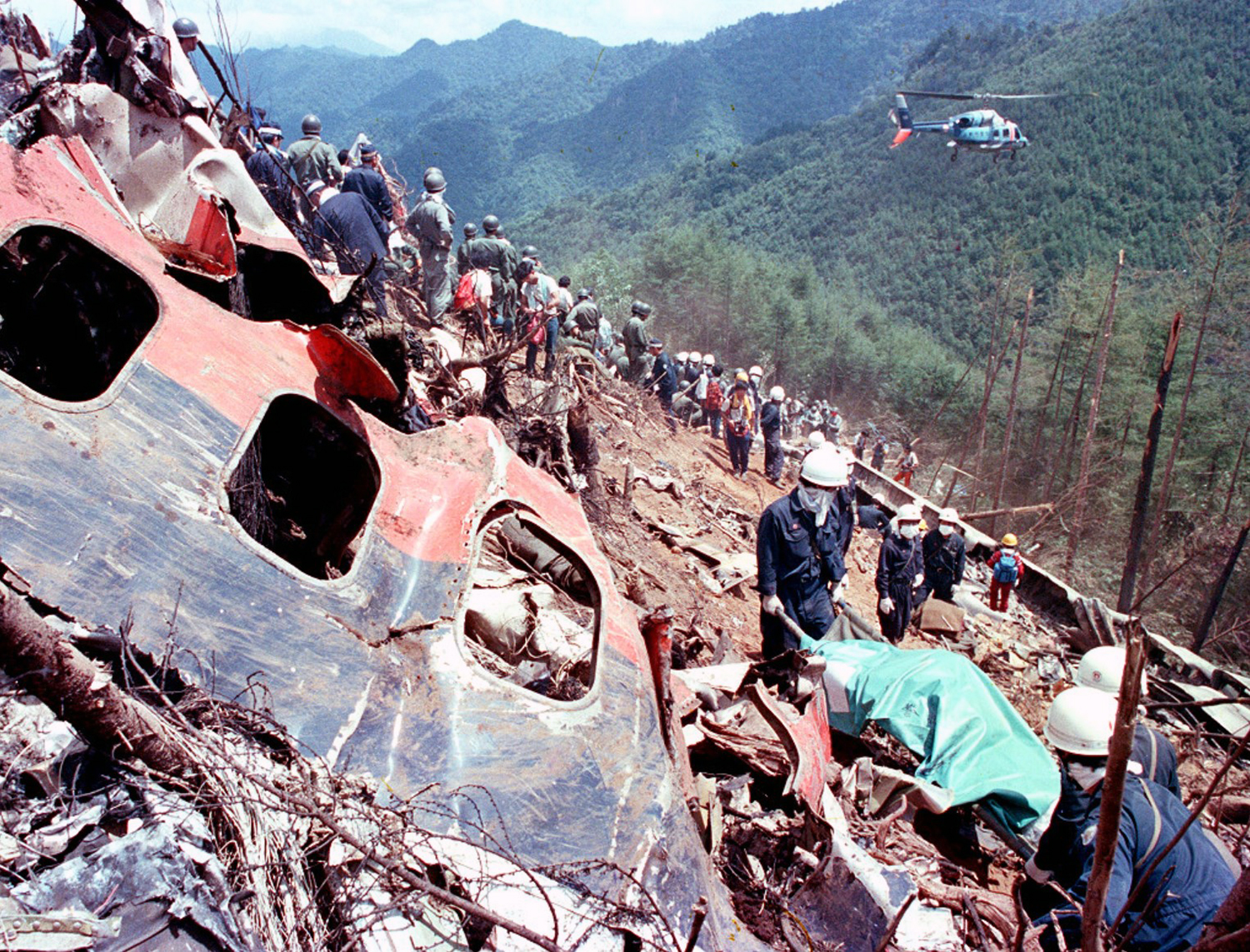
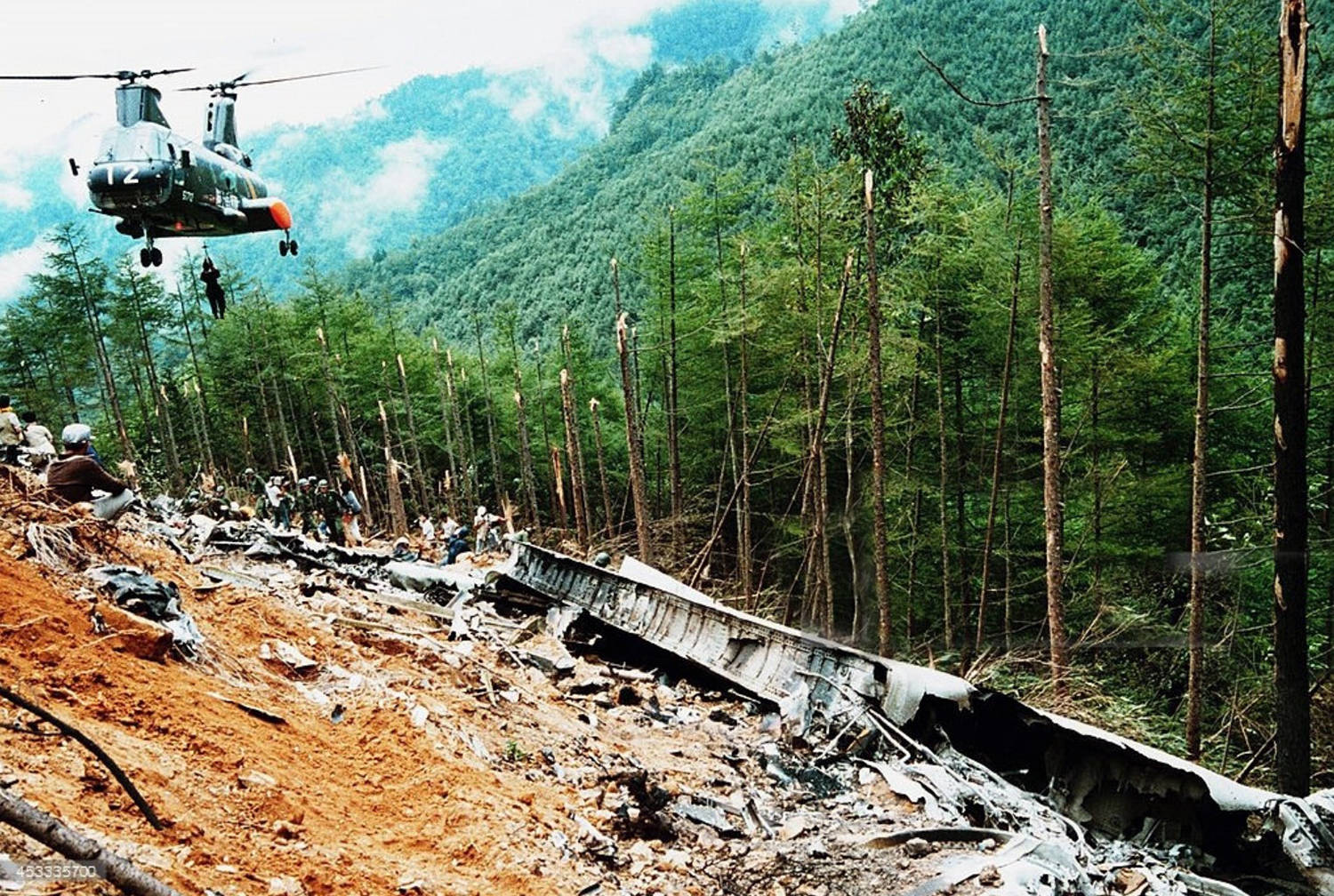
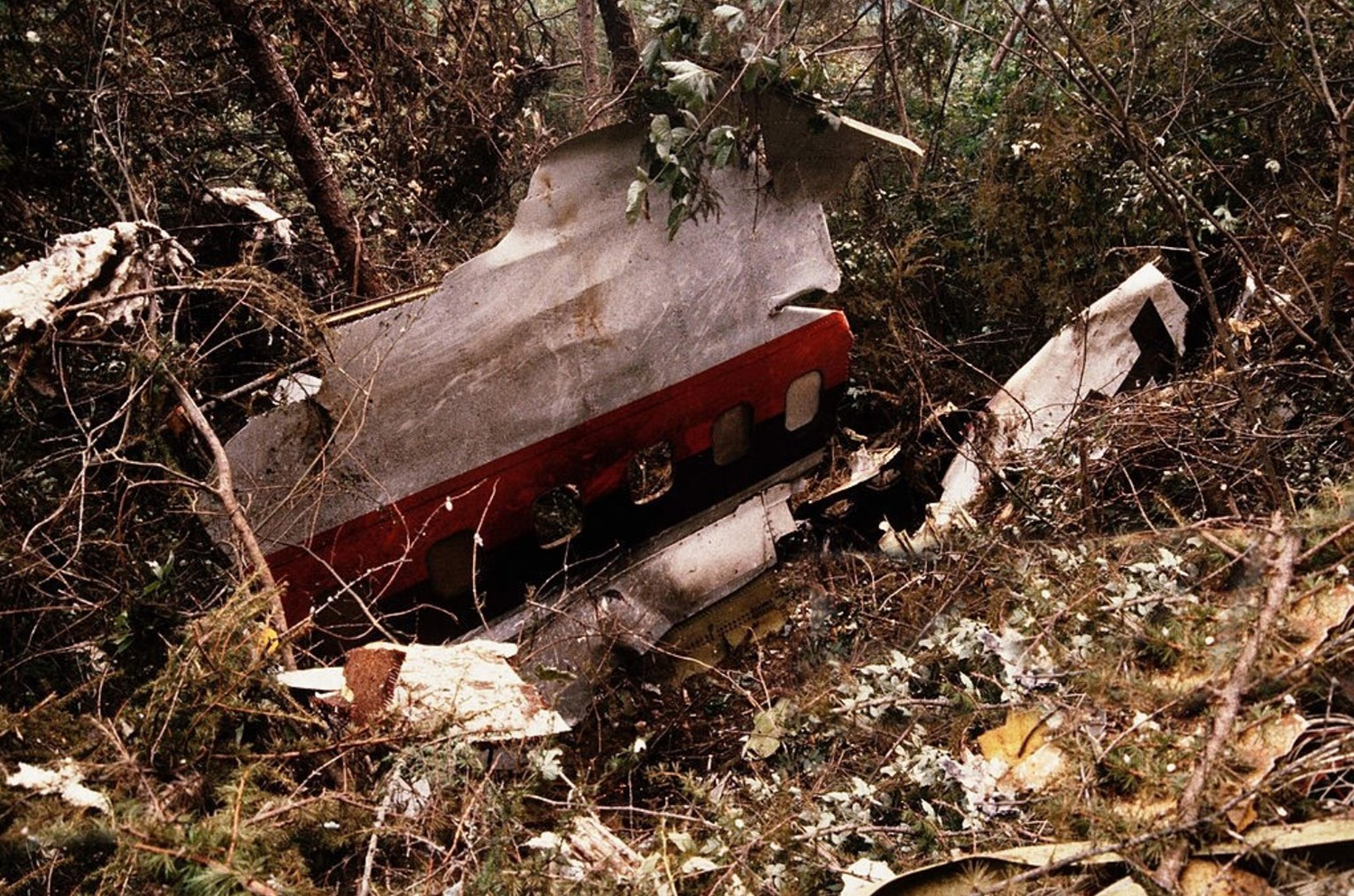
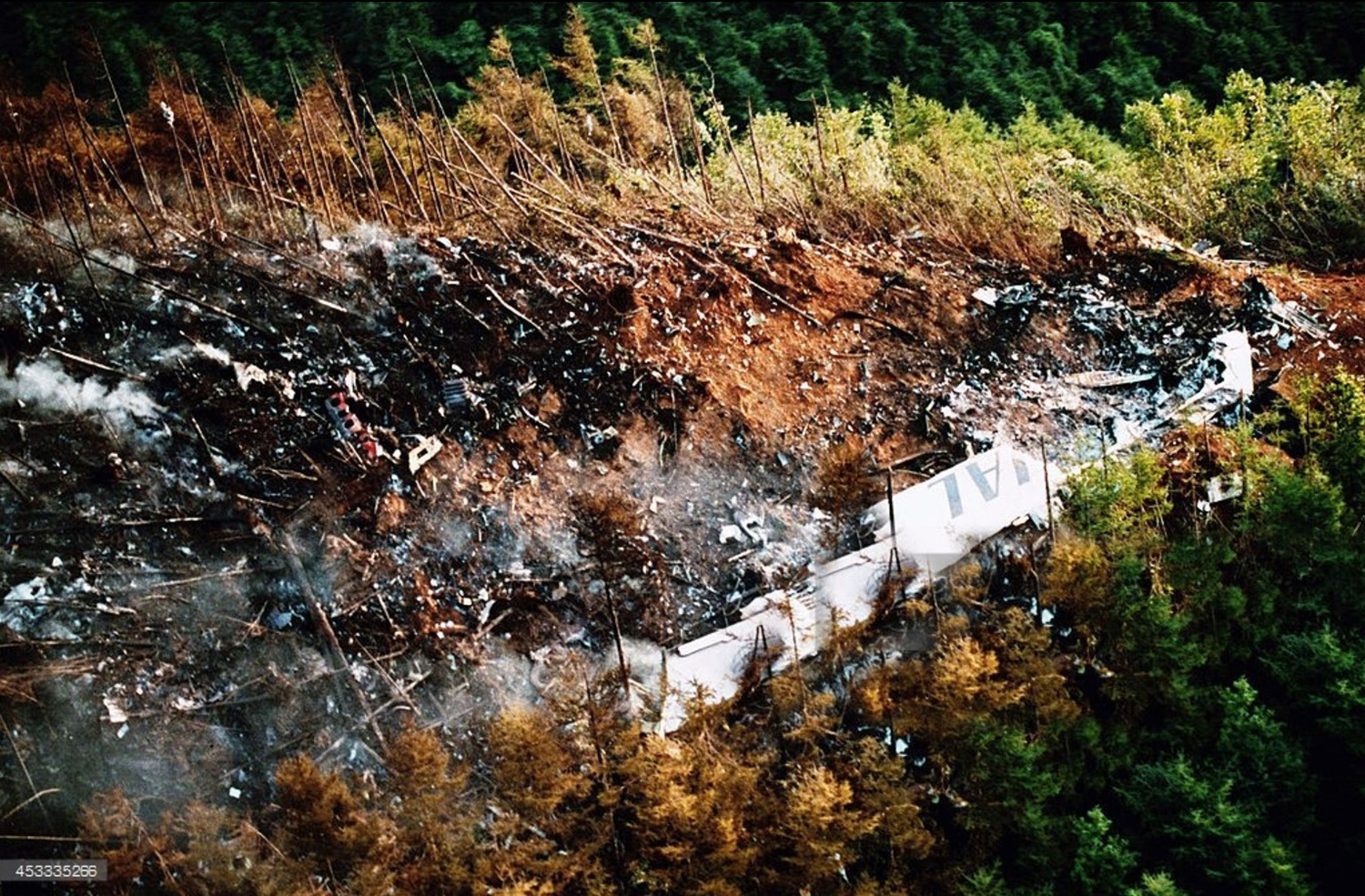
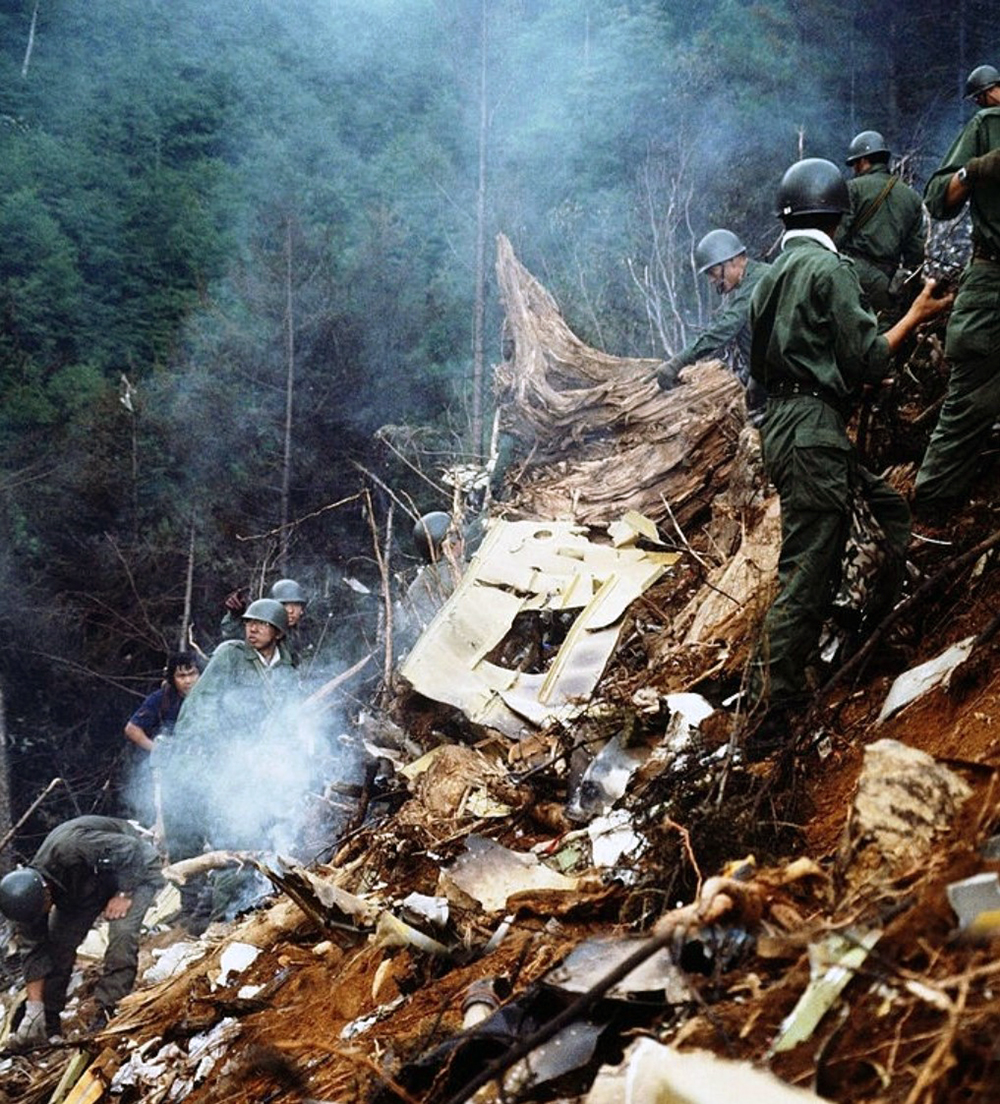
Crash of a Douglas DC-8-61 off Tokyo: 24 killed
Date & Time:
Feb 9, 1982 at 0844 LT
Registration:
JA8061
Survivors:
Yes
Schedule:
Fukuoka - Tokyo
MSN:
45889/291
YOM:
1967
Flight number:
JL350
Crew on board:
11
Crew fatalities:
Pax on board:
166
Pax fatalities:
Other fatalities:
Total fatalities:
24
Aircraft flight hours:
36955
Circumstances:
JAL Flight 350 took off from Fukuoka (FUK) runway 16 at 07:34 for a regular flight to Tokyo-Haneda (HND). The aircraft climbed to the cruising altitude of FL290. At 08:22 the crew started their descend to FL160. After reaching that altitude, they were cleared to descend down to 3000 feet. The aircraft was cleared for a runway 33R ILS approach and 5° of flaps were selected at 08:35, followed by 25 degrees of flaps one minute later. The landing gear was lowered at 08:39 and 50 degrees of flaps were selected two minutes after that. At 08:42 the aircraft descended through 1000 feet at an airspeed of 135 knots with wind from a direction of 360deg at 20 knots. The co-pilot called out "500 feet" at 08:43:25 but the captain did not make the "stabilized" call-out as specified by JAL operational regulations. The airspeed decreased to 133 knots as the aircraft descended through 300 feet at 08:43:50 and the co-pilot warned the captain that the aircraft was approaching the decision height. At 08:43:56 the radio altimeter warning sounded, followed by the flight engineer calling out "200 feet", which was the decision height, three seconds later . At 08:44:01 the aircraft descended through 164 feet at 130 KIAS. At that moment the captain cancelled autopilot, pushed his controls forward and retarded the throttles to idle. The co-pilot tried to regain control but the aircraft crashed into the shallow water of Tokyo Bay, 510 m short of the runway 33R threshold. The nose and the right hand wing separated from the fuselage. The captain had recently suffered a psychosomatic disorder; preliminary reports suggested that the captain experienced some form of a mental aberration. He had been off duty from November 1980 to November 1981 for these reasons.
Probable cause:
Collision with approach lights during an unstabilized approach. Poor crew coordination and wrong approach configuration on part of the captain.
Final Report:
